The Blender

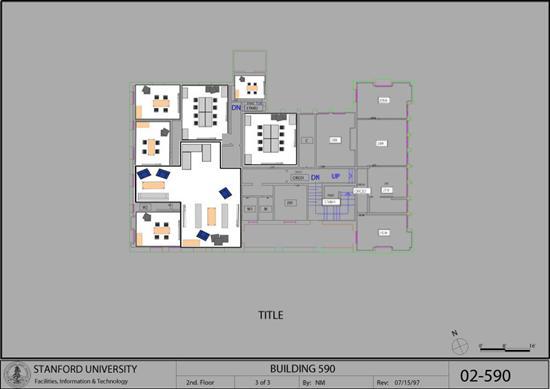
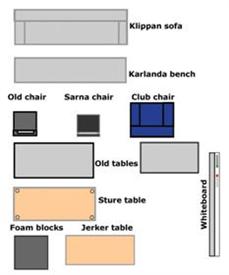
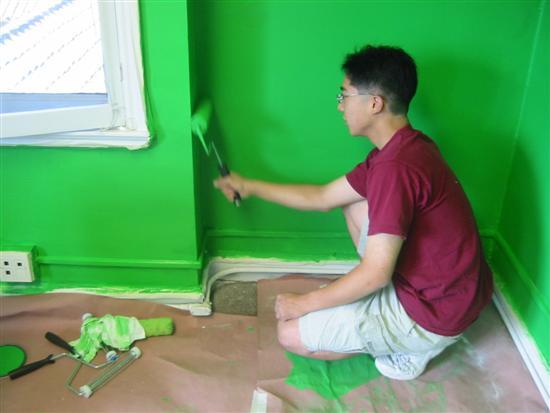
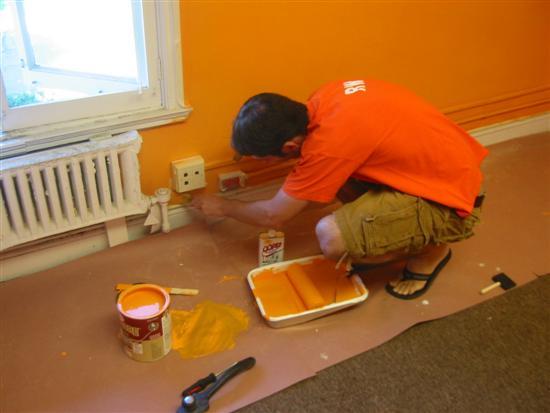
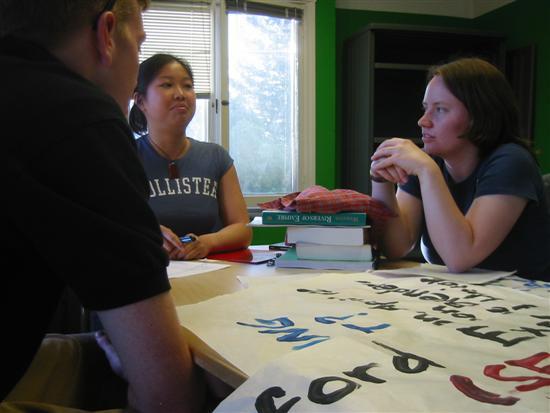
The Problem
Student groups at Stanford struggle with a lack of space to meet, often holding brainstorms and meetings in dorm lounges and cafeteria eating areas. For newly-formed and informal groups it is even more difficult, as they lack the experience of reserving a space on a regular basis.
Stanford approached the ISIS team and asked us to design student space in an unused building in the heart of campus that had been used for office space before. I was responsible for determining student space needs and designing a highly collaborative and productive atmosphere for student groups, both formal and informal, to work in.
The Process
We focused our designs on two types of groups: informal meetings between students in a class or small group, and highly-focused groups in the "startup" phase. The informal groups expressed interest in large, flexible room designs for the purpose of brainstorming, building prototypes, and holding discussions. The "startup" groups needed more permanent facilities, with services like telephones, copiers, fax machines, document storage and guest seating.
Both groups wanted an environment that inspired and energized them, so we specified bright solid colors for each room that also became their nicknames--the "blue room", the "orange room", and more.
Furniture from IKEA was inexpensive and extremely flexible, with all the tables on wheels and chairs stackable to make space when needed. We purchased large pieces of whiteboard material and mounted them in each room to facilitate brainstorming.
The Solution
Ten rooms in the building were overhauled with new paint, furniture, and tools to support informal and startup student groups. Rooms are reserved online or at the central room reservation office, and an application process was implemented for student groups who wanted to be in the startup incubator program, replete with office equipment, special programming, and funding.
Students now can meet in spaces designed for group work, instead of dorm lounges or the cafeteria. Already several new student groups have been launched out of the incubator program, including groups working on foster care, environmental and art causes, and health programs. The program has been transitioned to Stanford for maintainence, and is currently serving as the model for a new student building proposal on campus.